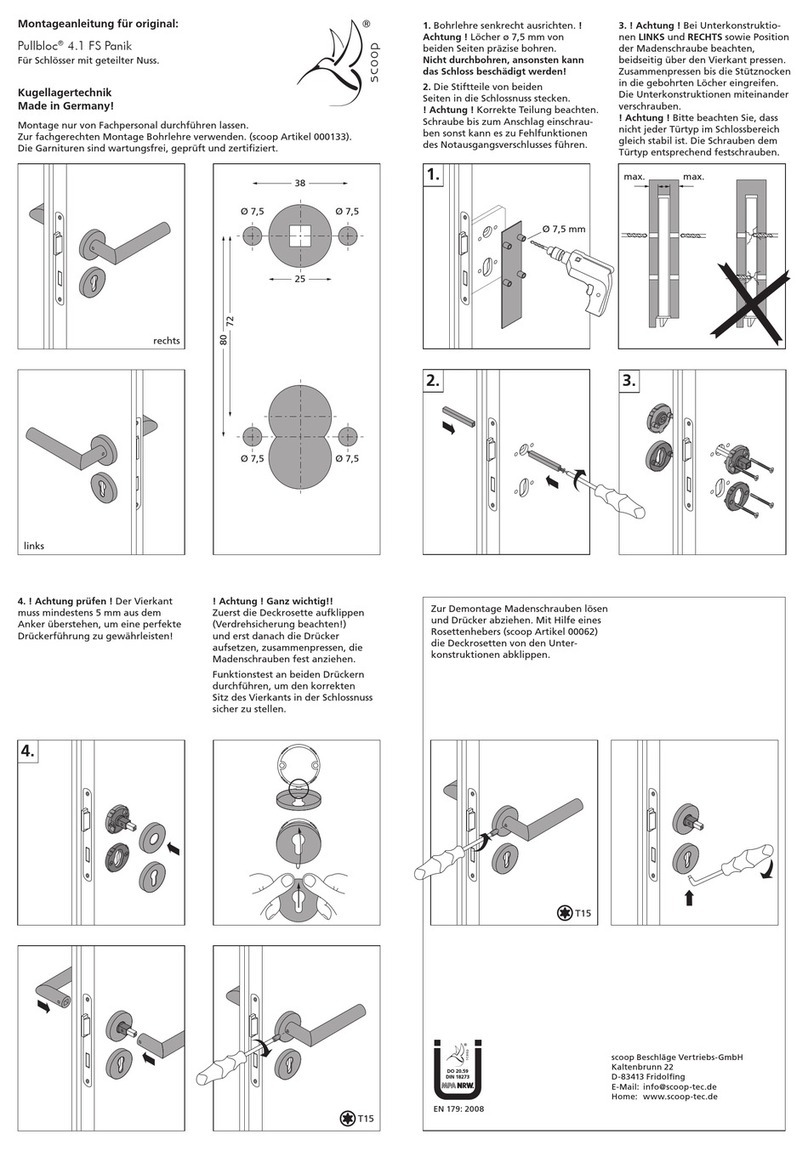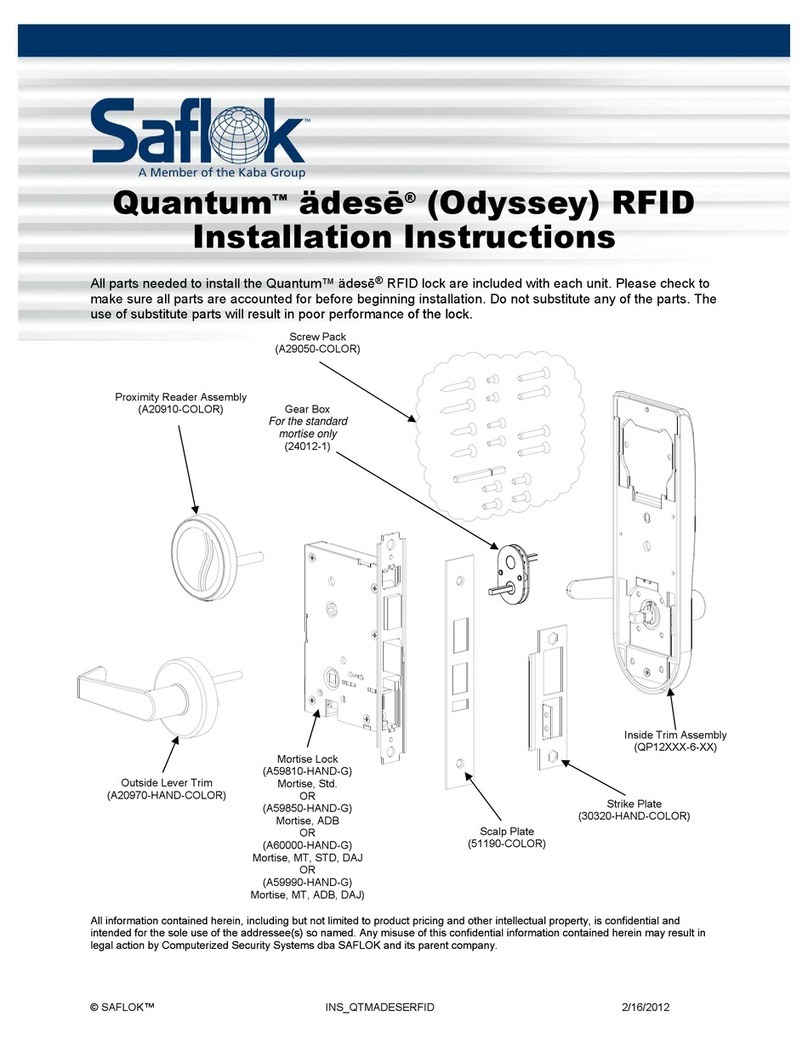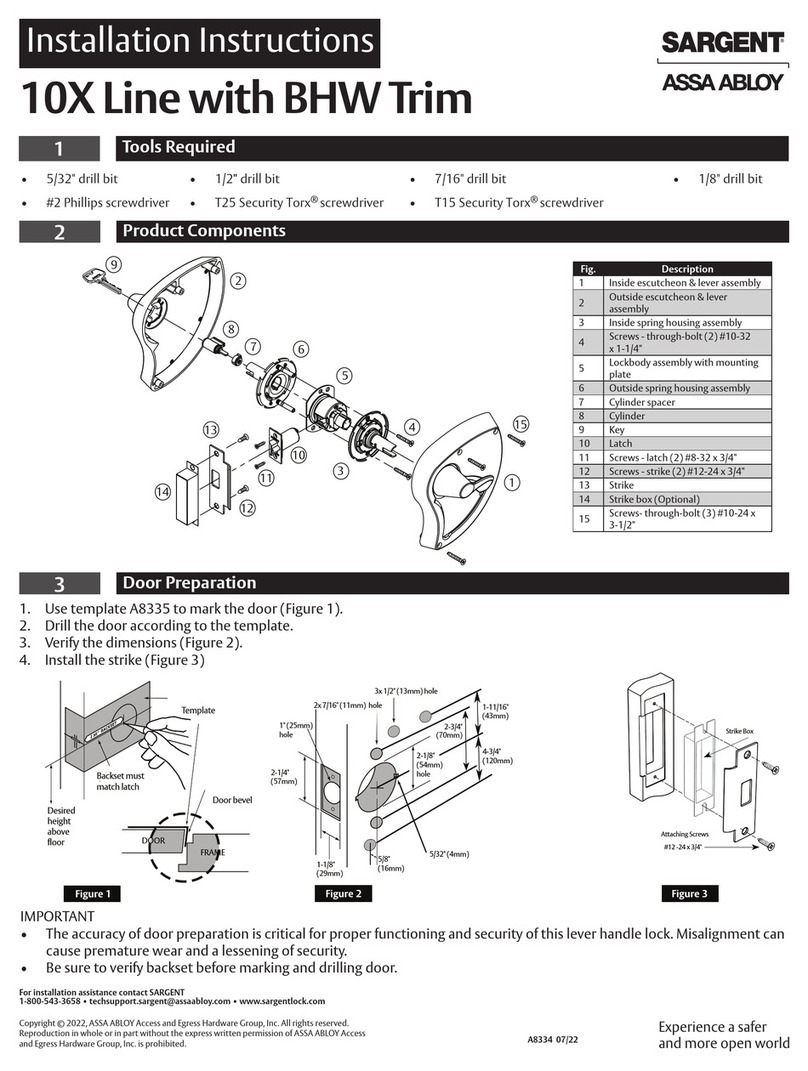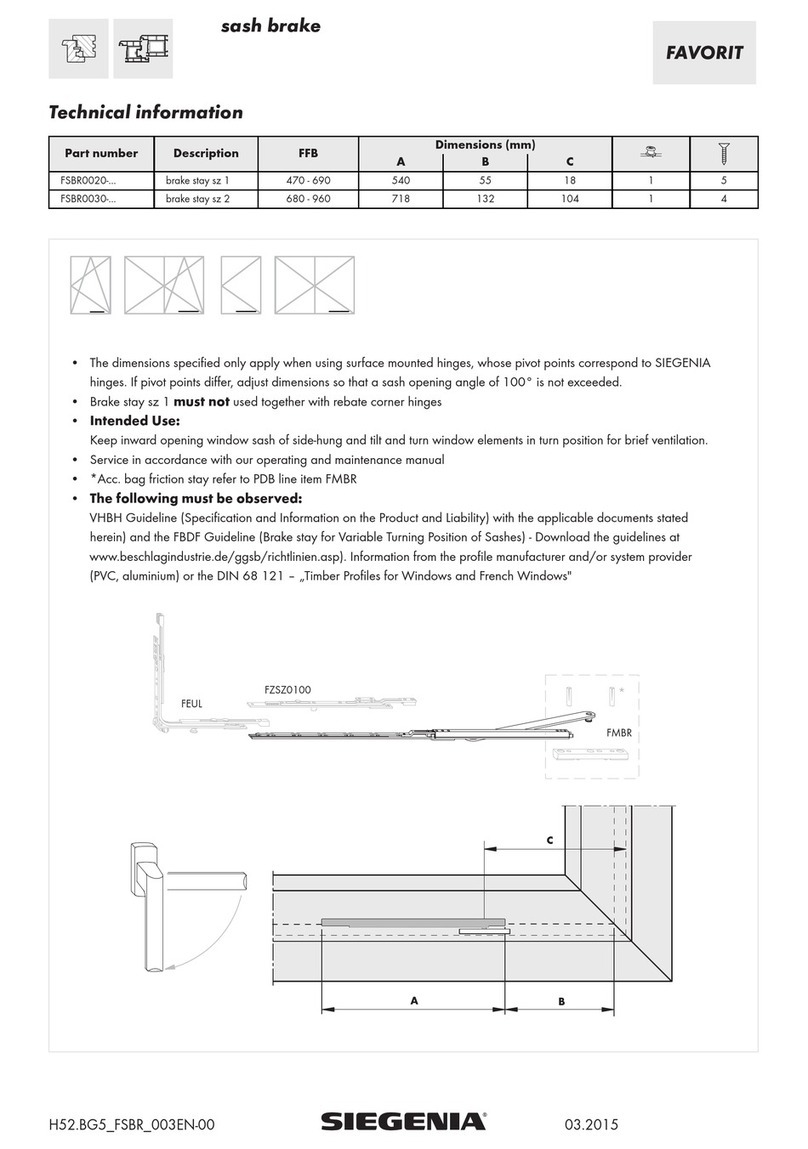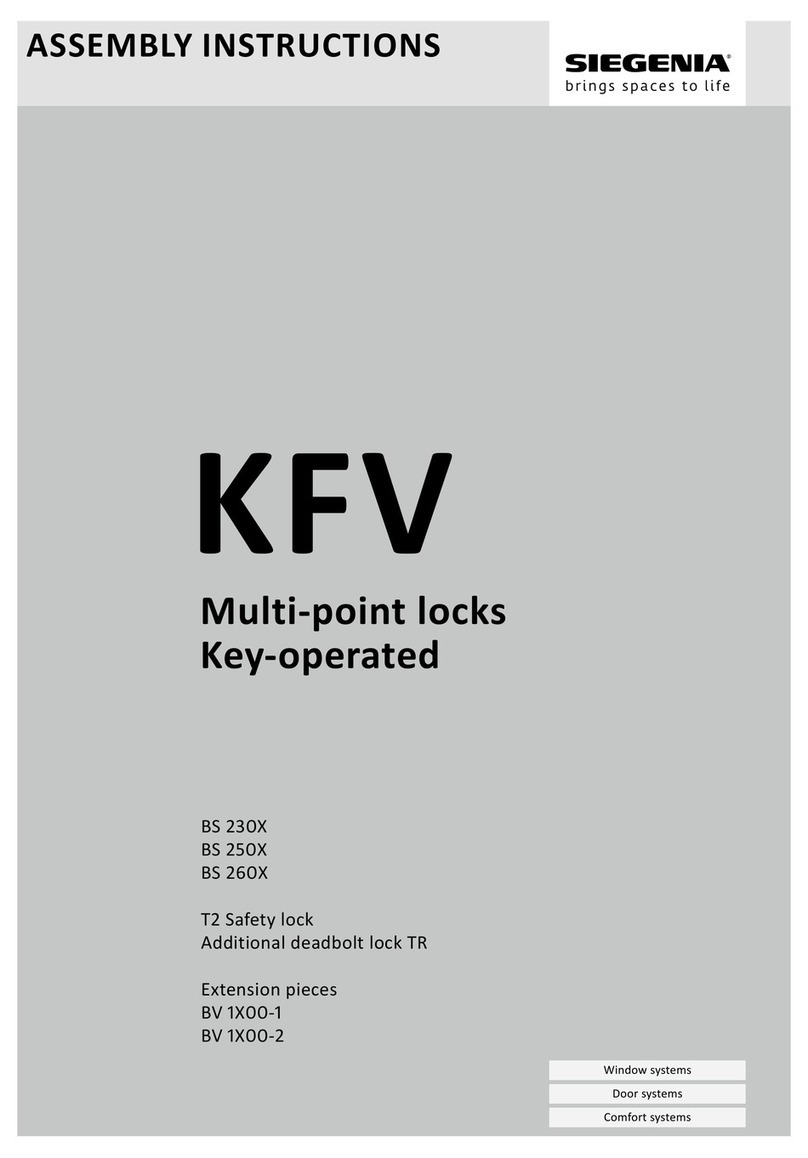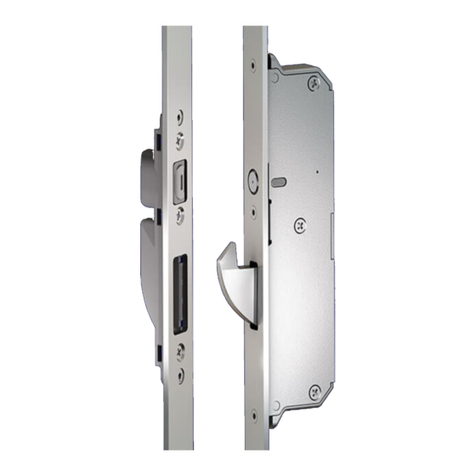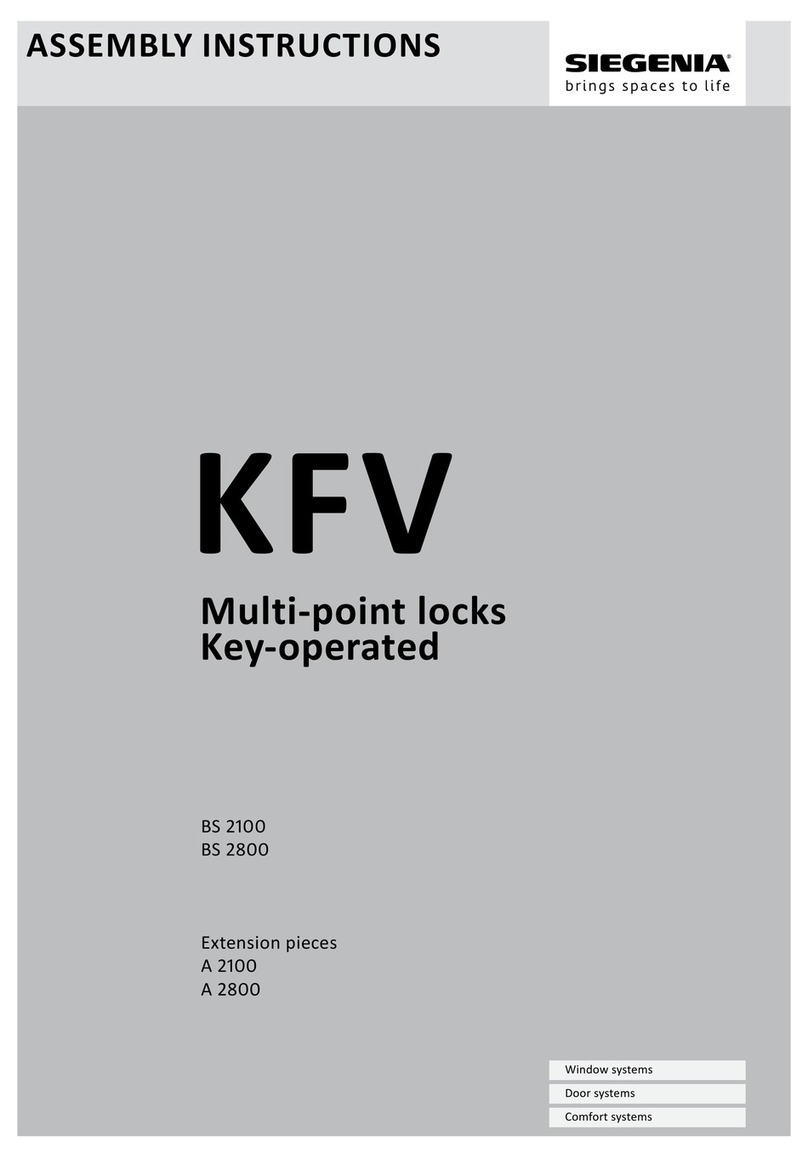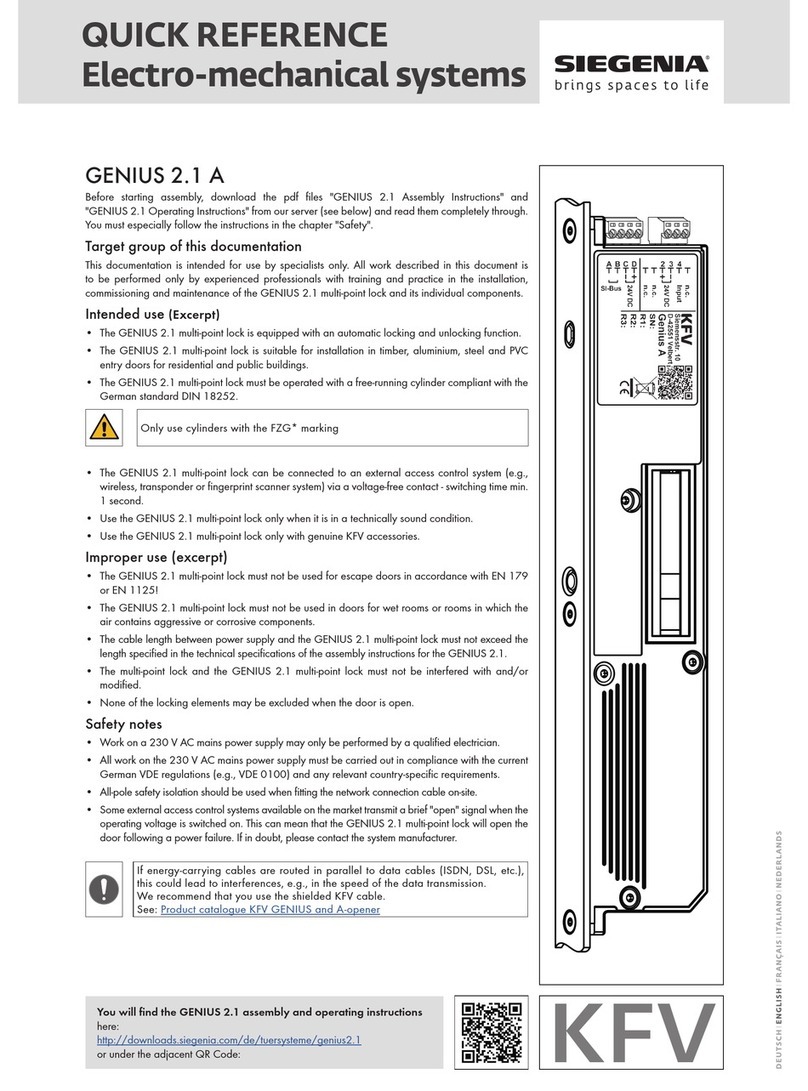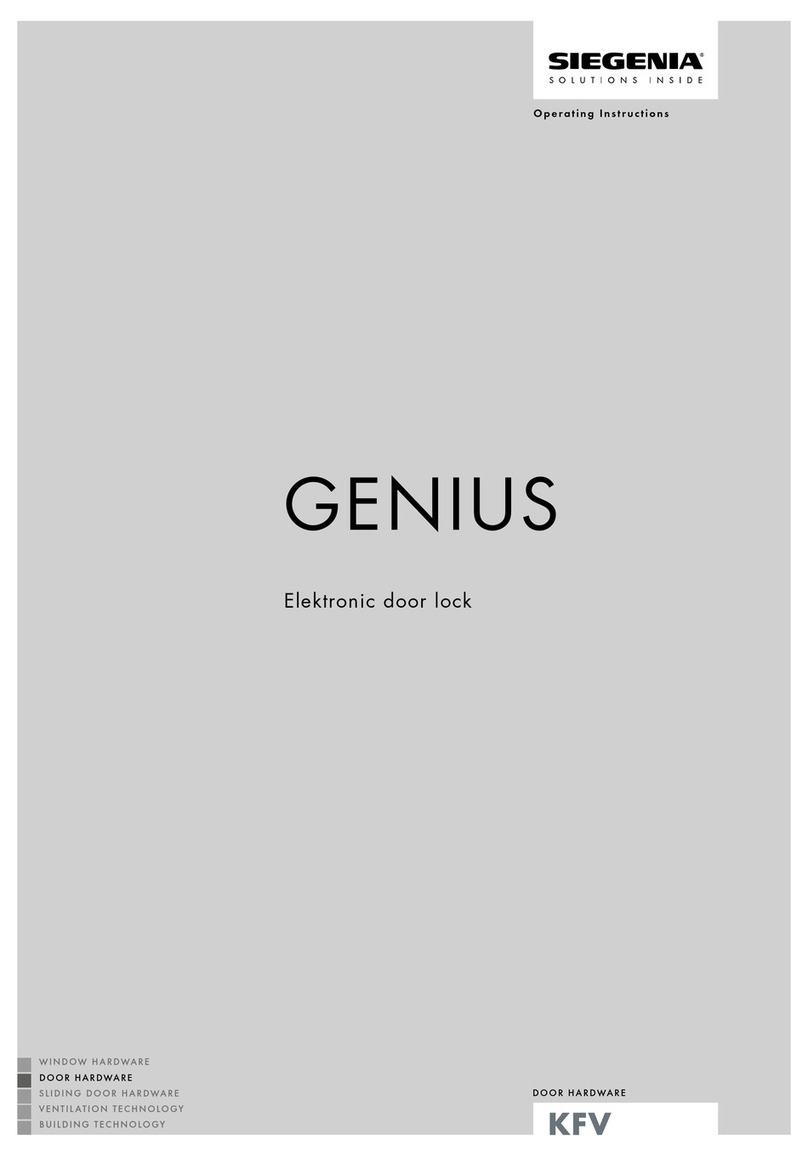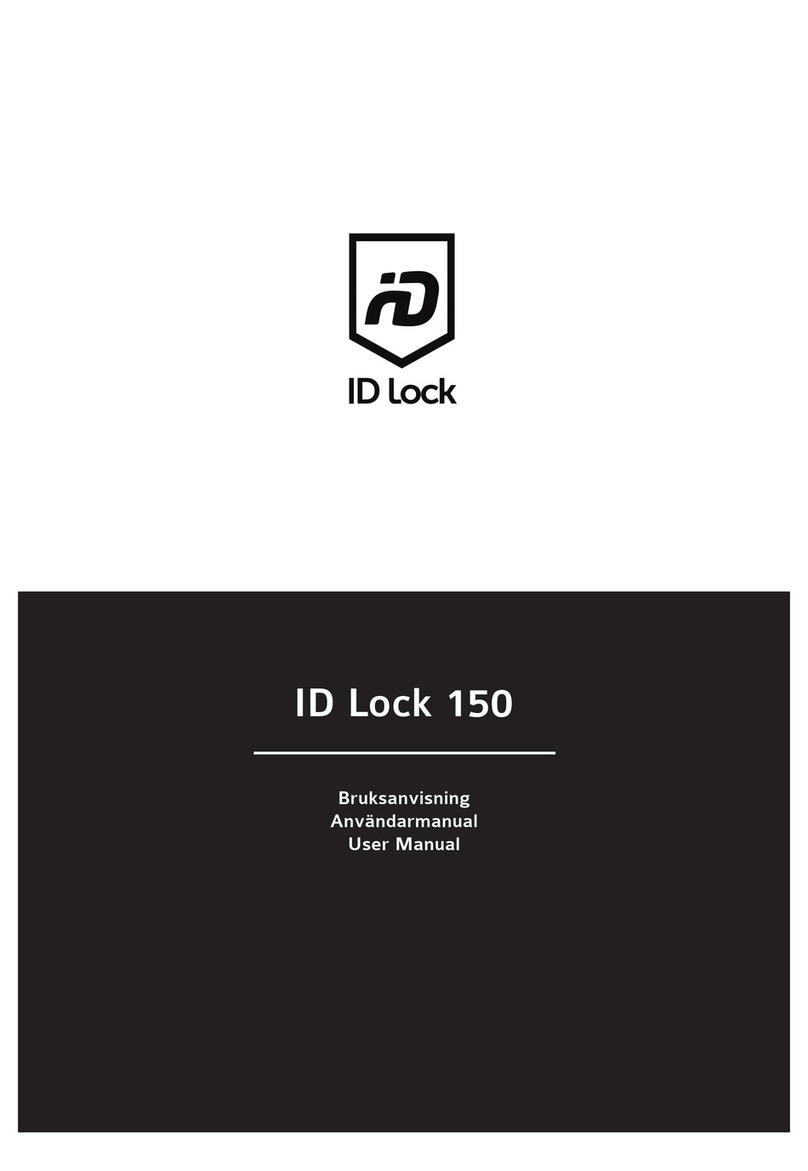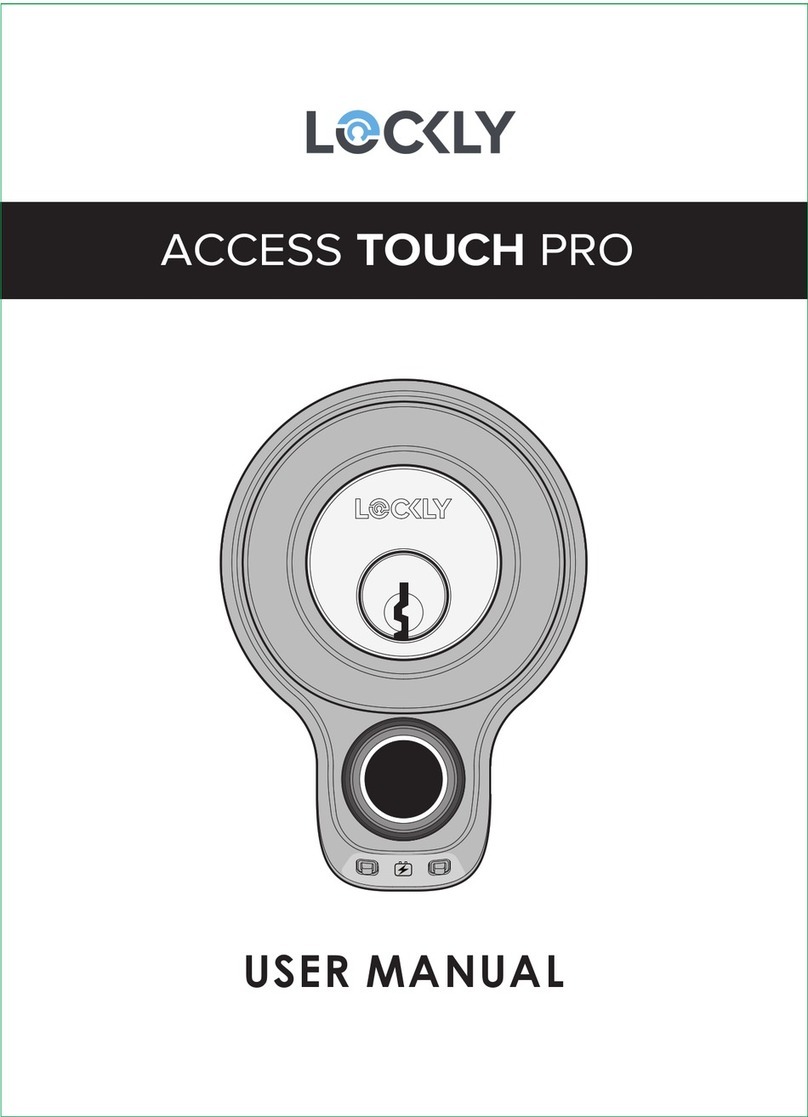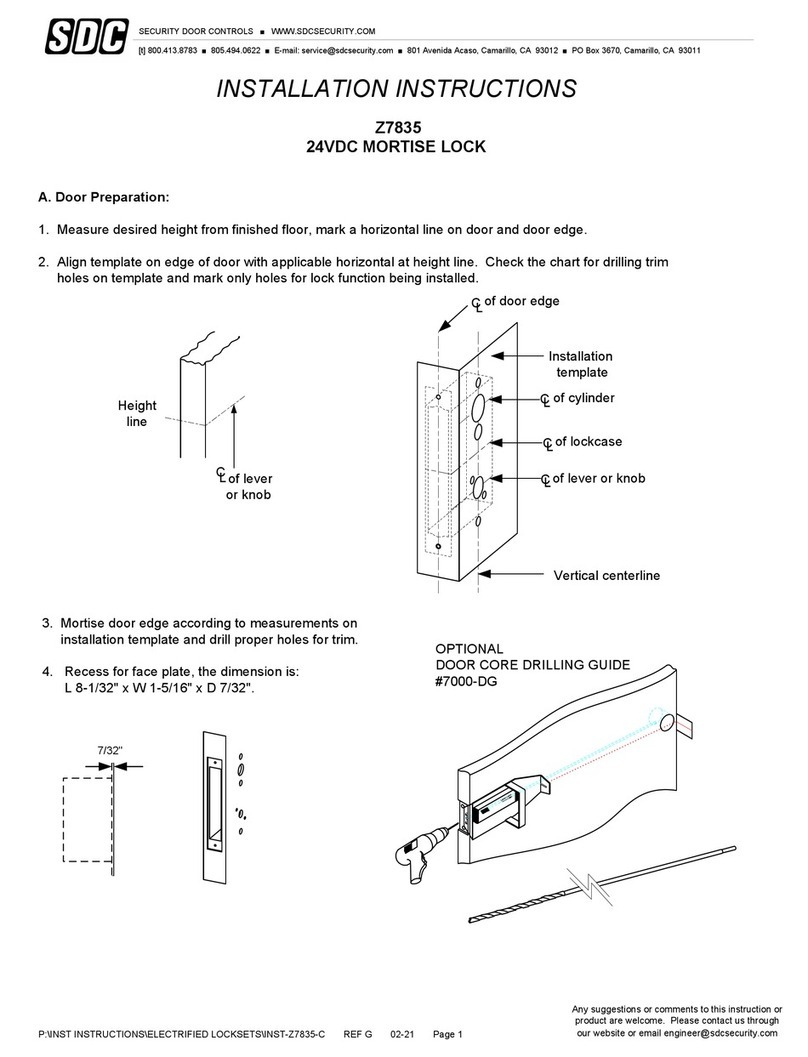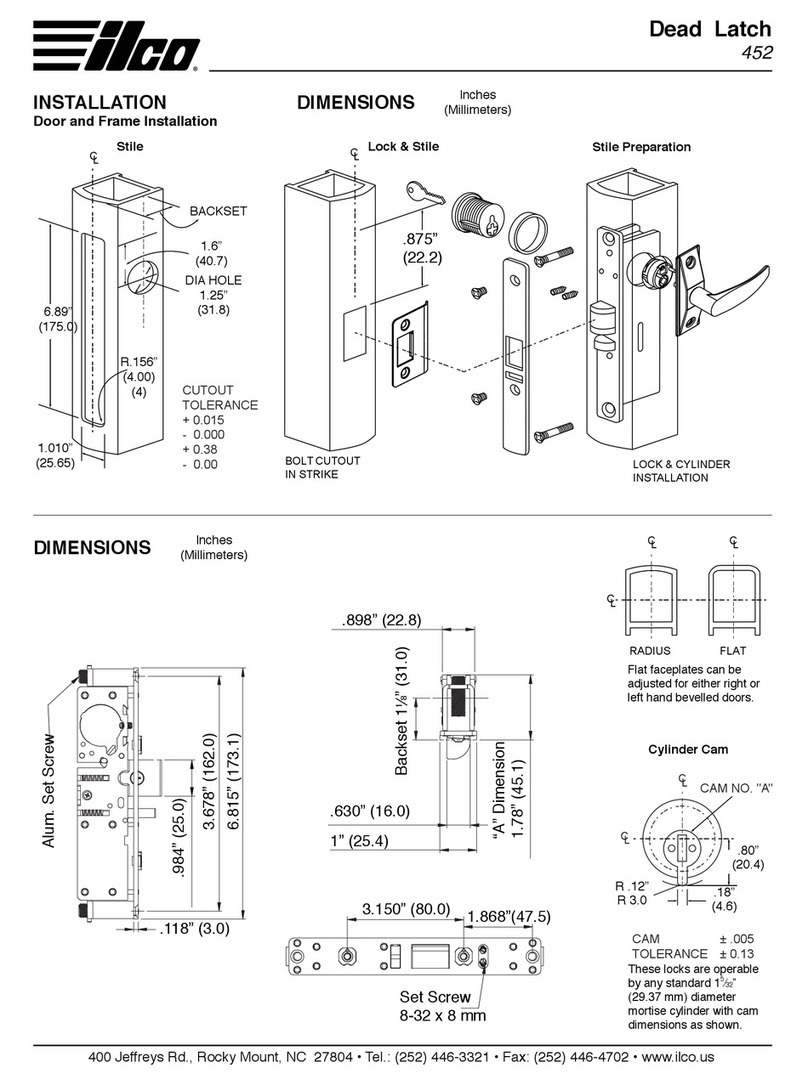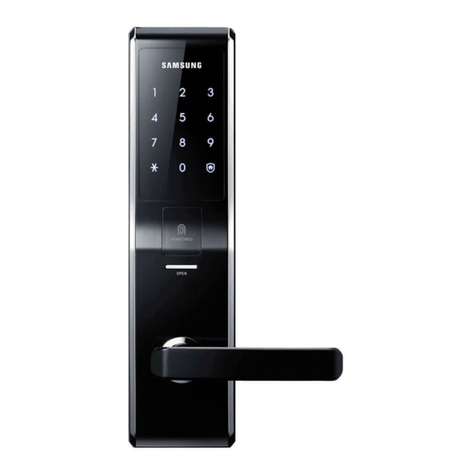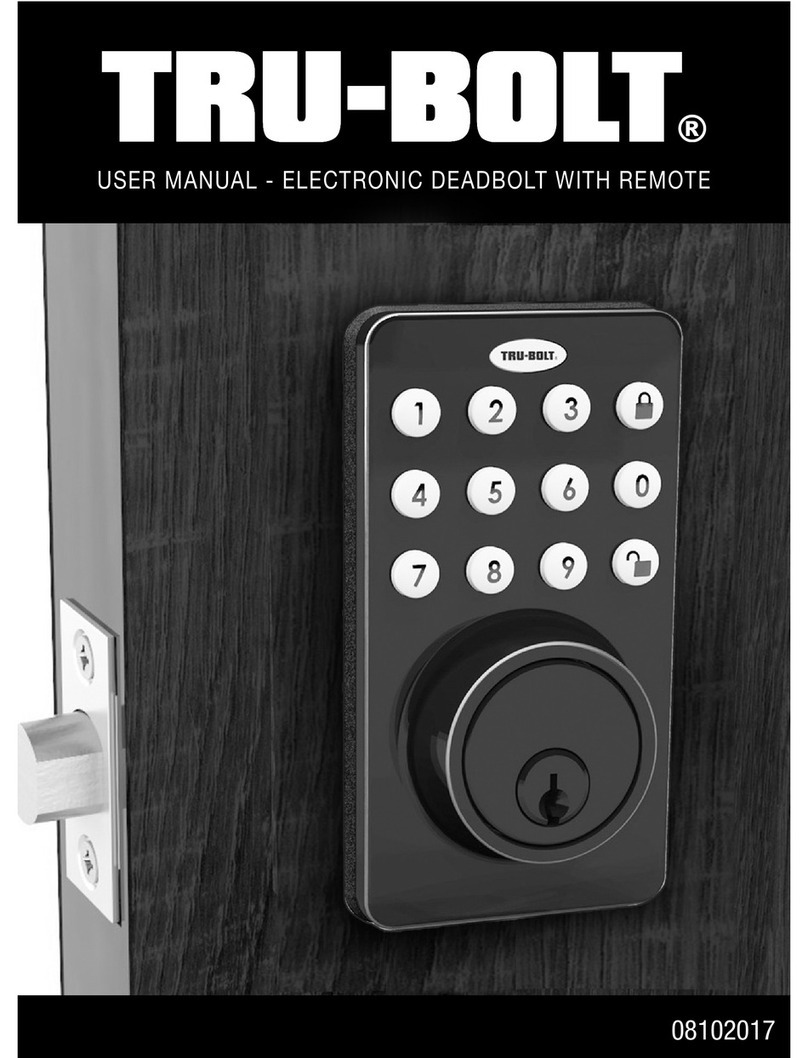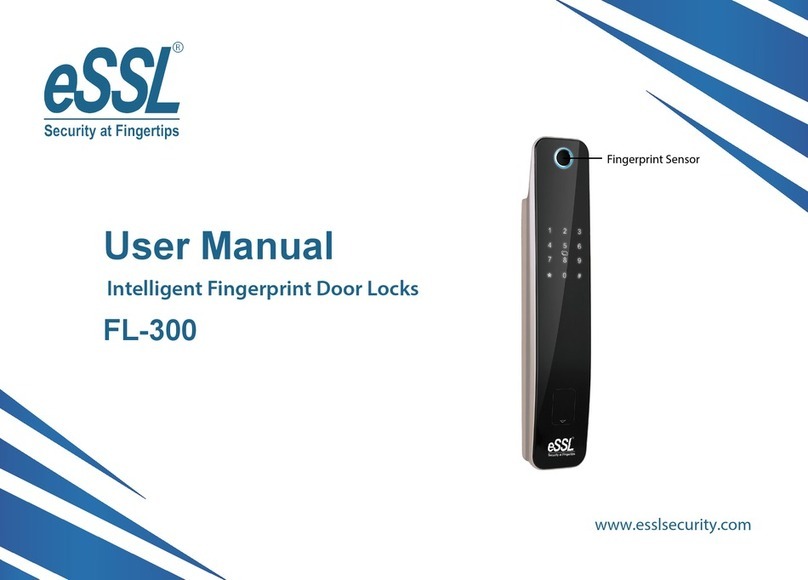
5/16H47.MFVRS016EN-00 10.2021
Mul-point locks key-operated, AS 2750
2.3
• Ensure that the locking elements are in the release
posion.
• Mul-point locks are sensive construcon ele-
ments. Treat the mul-point lock with care and do
not throw it, strike it hard or bend it.
2.4
The warning notes in these instrucons
• when observed, provide protecon against potenal
personal injury and material damage,
• classify the level of danger by the signal word,
• designate the danger of personal injury via the
hazard sign,
• dene the type and source of danger,
• show measures to prevent danger and prohibit
specic behaviour.
The warning notes are set up according to the following
principle:
explanaon of the type and source of danger
• measures for the prevenon of the danger
the hazard sign designates warning noces that warn
of personal injury.
The type and source of the danger denes the cause of
the hazard. The potenal consequences of non-obser-
vaon of warning noces are e.g. danger to life due to
electric shock.
Under measures, acons are listed that must be carried
out for the prevenon of hazards or which are prohibit-
ed for the prevenon of a hazard.
2.5
The signal word "Danger" designates an immediately
threatening danger. If this danger is not prevented, it
leads to death or severe injuries.
The signal word "Warning" designates a potenal
danger. If this danger is not prevented, it could lead to
death or severe injuries.
The signal word "Cauon" designates a potenally
hazardous situaon. If this hazardous situaon is not
prevented, it could lead to minor or moderate injuries.
The signal word "Noce" denes acons for the pre-
venon of material damage. The observaon of these
notes prevents damage to the components.
Informaon, advice etc.
This symbol indicates special features and designates
facts that require increased aenon

